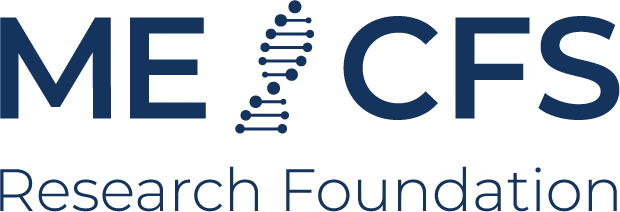Systemic antibody responses against gut microbiota flagellins implicate shared and divergent immune reactivity in Crohn's disease and chronic fatigue syndrome
About
Link
Abstract
BACKGROUND: Elevated systemic antibody responses against gut microbiota flagellins are observed in both Crohn's disease (CD) and myalgic encephalomyelitis/chronic fatigue syndrome (ME/CFS), suggesting potential serological biomarkers for diagnosis. However, flagellin-specific antibody repertoires and functional roles in the diseases remain incompletely understood. Bacterial flagellins can be categorized into three types depending on their interaction with toll-like receptor 5 (TLR5): (1) "stimulator" and (2) "silent" flagellins, which bind TLR5 through a conserved N-terminal motif, with only stimulators activating TLR5 (involving a C-terminal domain); (3) "evader" flagellins of pathogens, which entirely circumvent TLR5 activation via mutations in the N-terminal TLR5 binding motif. RESULTS: Here, we show that both CD and ME/CFS patients exhibit elevated antibody responses against distinct regions of flagellins compared to healthy individuals. N-terminal binding to Lachnospiraceae flagellins was comparable in both diseases, while C-terminal binding was more prevalent in CD. N-terminal antibody-bound flagellin sequences were similar across CD and ME/CFS, resembling "stimulator" and "silent" flagellins more than evaders. However, C-terminal antibody-bound flagellins showed a higher resemblance to the stimulator than to silent flagellins in CD, which was not observed in ME/CFS. CONCLUSIONS: These findings suggest that antibody binding to the N-terminal domain of stimulator and silent flagellins may impact TLR5 activation in both CD and ME/CFS patients. Blocking this interaction could lead commensal bacteria to be recognized as pathogenic evaders, potentially contributing to dysregulation in both diseases. Furthermore, elevated antibody binding to the C-terminal domain of stimulator flagellins in CD may explain pathophysiological differences between the diseases. Overall, these results highlight the diagnostic potential of these antibody responses and lay a foundation for deeper mechanistic studies of flagellin/TLR5 interactions and their impact on innate/adaptive immunity balance.
Authors (all)
Arno R Bourgonje, Nicolai V Hörstke, Michaela Fehringer, Gabriel Innocenti, Thomas Vogl
Linked author profiles see list below.
